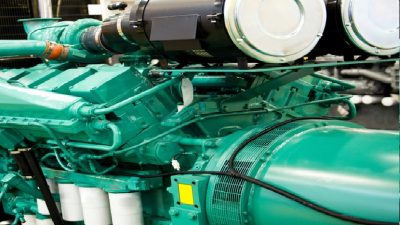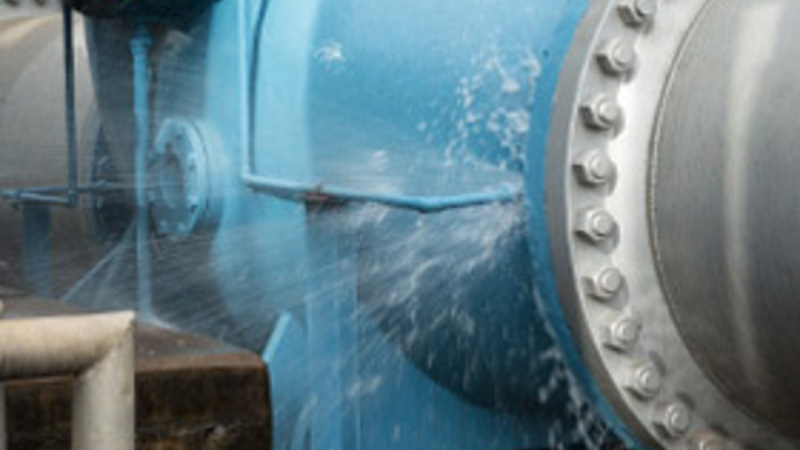San Antonio is home to many industries that use machines on a daily basis. These machines need inspecting, aligning, repairs, and maintenance to remain in efficient working order. They require to be re-aligned and re-calibrated often. The time consuming process and shut down time of the machines means a lot of them are not operating to their full potential. This is no longer the case with the latest technology available in a Machine Laser in San Antonio. Since the major industries in San Antonio are manufacturing, biomedical, government, and automotive, there are a lot of machinery that should be maintained.
Laser alignment and tool calibrations take less time now due to machines that utilize technology to produce a 3D reference grid used by trained technicians for diagnosis and repair of problems and for aligning and calibrating machinery. Assessments that took a week or more can now be done in a couple of days, with speed and accuracy. This saves money in utility bills, rejected parts, and increased productivity. Machines can now be aligned and calibrated more often so they are not struggling to operate and costing a small fortune in fuel and electricity. The Machine Laser in San Antonio works on machinery across industries such as aerospace, manufacturing, and automotive. That is good news for the truck manufacturing plant, the shipping port, and the medical facilities in the area. It is also good news for all the military bases and government facilities in San Antonio.
Companies such as Laser Precision use Hamar and Renishaw laser machines to triple scan and repair machinery. The Hamar Laser alignment applications include spindle, bore, roll and coupling alignment, as well as machine geometry. The Renishaw Laser is used for machine tool installation, process mill and printing presses, and bore, turbine and extruded alignments. These machines are quick, accurate, and cost effective. Machinery should be properly maintained and inspected, especially if conditions such as vibration, machine rebuilding, thermal effects, and poor foundations contribute to misalignments and calibration slips. For such reasons, high volume machines need to be inspected more often than those involved in lesser volume applications.


